Speaker
Description
We performed reverse Monte Carlo (RMC) modeling of B2O3 glass based on high-energy X-ray total scattering data. In the B2O3 glass, the so-called boroxol rings are fromed, which are the main structural unit of the glass. Previous studies [1-3] have performed computational modeling of the three-dimensional structure of B2O3 glass, but it was difficult to achieved the expected ratio of boroxol rings, which is typically 65-80%. In this study, dummy atoms were placed at the center of the boroxol rings to enhance the constraint for maintaining their shape. This prevents the collapse of the boroxol rings during the RMC simulation.
We confirmed that the RMC model well reproduced the experimental structure factor. The validity of the three-dimensional structure was confirmed by the ratio of the boroxol rings, coordination numbers, angle distributions, ring size distributions, and void volume. Our accurate structural model will contribute to understand the modification of boroxol rings manifeseted by borate anomaly in alkali borate glasses.
REFERENCES
1. M. Fábián et al., J. Non-Cryst. Solids 356, 441 (2010).
2. A. Takada et al., J. Phys.: Condens. Matter 7, 8693 (1995).
3. E. Kashchieva et al., J. Non-Cryst. Solids 351, 1158 (2005).

